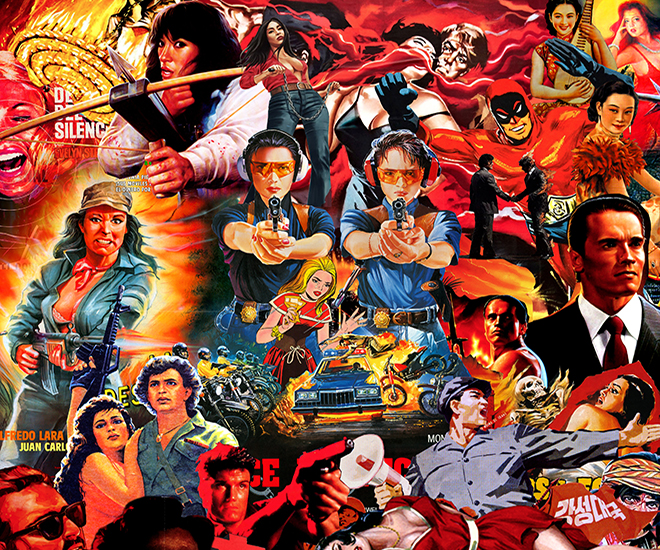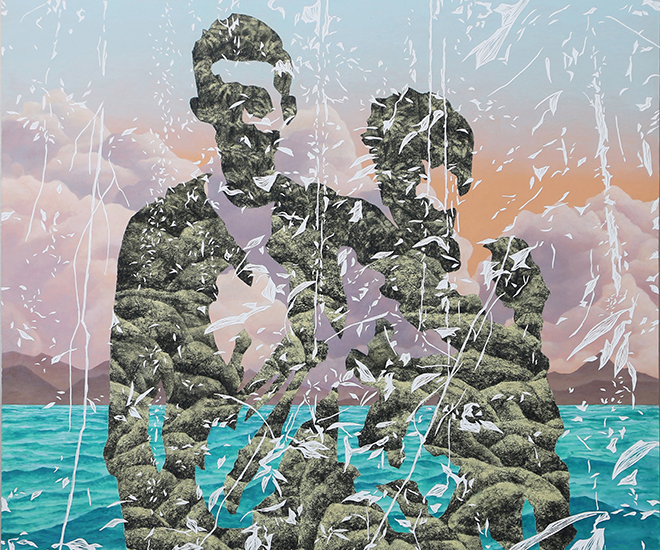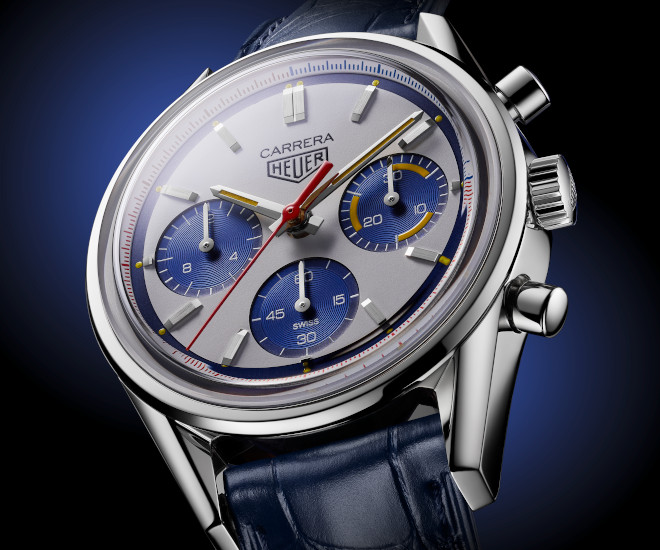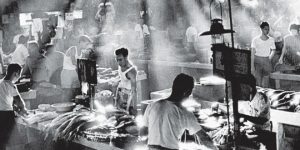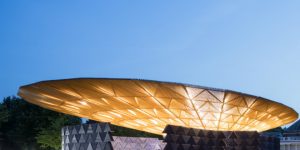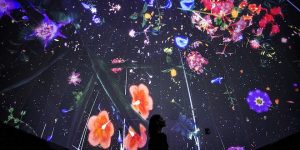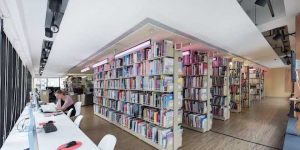Art collaboration and partnerships among collectives in Singapore
Columnist Daryl Goh writes about lateral collaborations

Performance by Syv Bruzeau. Image courtesy Cedric Vrolant
Alliances among collectives, artists, curators and non-art groups are an accomplished fact in the art business today. Some collaborations are no more than a project-based rendezvous while others eventually lead to full mergers. Regardless of the extent of collaboration, partnerships have become a key strategy for new and emerging art collectives and groups.
The significance of collaborations goes beyond the pooling of resources and collective capabilities. In Singapore, where the growing arts economy is relatively modest in comparison to its major industries, collaborative forces arguably curtail the barriers to entry, allowing new and untried forms of art production to thrive. While competitive forces in the market succeed in their role to hone artistic competence, collaborative forces expand the art community horizontally, with the quest to try the untried championed over the demand to succeed.
Collaborations can take the form of social practices. Social practices are increasingly becoming conventional as more artists endeavour to impact bigger problems and conversations on topics like nature and pollution. Such practices engage a wider audience as compared to the high arts. Examples by local practitioners are ‘Through the Lenses’ by Kenneth Lee, Andressa Michelotti, Cynthia Wey and Clarissa Ferreira, and ‘Unseen Shift LAB’ by Alecia Neo. The former advocated that everyone could be a photographer while the latter empowered visually impaired people with art skills in sound visualisation and movement.
Another form of collaboration can be seen in cross-disciplinary art practices. In 2016, performance artist, Syv Bruzeau, collaborated with local painter June Lee to translate calligraphy into a dance at Intersections Gallery, for example.

Performance by Syv Bruzeau. Image courtesy Cedric Vrolant
New types of conceptual alliances can also be seen between artists and art initiatives. The ‘No Star Arts Grant’ only supports marginalized types of work while the ‘NPE Art Residency’ offers the backing resources from an entire print factory, with the eligibility for application not based on merit. The ‘FREE SPACE Residency Open Call’ by Megan Miao, Joscelin Chew and Steph Choy calls for risk-taking and daring developments from artists below the age of 25 in exchange for a free studio space. These newer initiatives give an inkling of a growing sphere of artist-run initiatives in Singapore.
Funded privately or by corporations, such initiatives allow art making to circumvent the structures of public and private galleries. For a country with ardent plans for its already competitive art economy, diverse frameworks will allow the industry to grow laterally through collaborations without the pressure of a segment dominating its counterpart. It sidesteps the ideology that one man’s gain is another man’s loss.
We have yet to see prominent cross-industry collaborations like London and Melbourne’s Science Gallery’s BLOOD open call which asked for artists and scientists to critically explore the taboo through art making. However, a strong emphasis on a collaborative art economy will inevitably lead to incredible cross-industry collaborations.
Looking at the advancement of other industries like science and engineering, the potential for cross-industry collaborations is significant. When the competitive and collaborative forces in the market are in stable equilibrium, we will begin to see many intriguing creations that will defy traditional definitions of art.

Hélène Le Chatelier, ‘Black Matter 4’, 2017.
Featuring French artist Helene Le Chatelier and Brazilian artist Deusa Blumke, the inaugural exhibition at NPE Art Residency, titled ‘Folds of Mind’, will run at NPE Gallery until 23 August.
This article was written by Daryl Goh for Art Republik.
